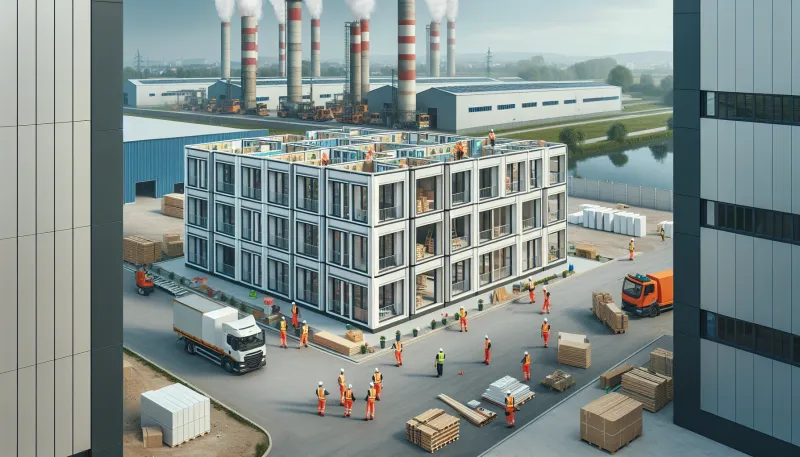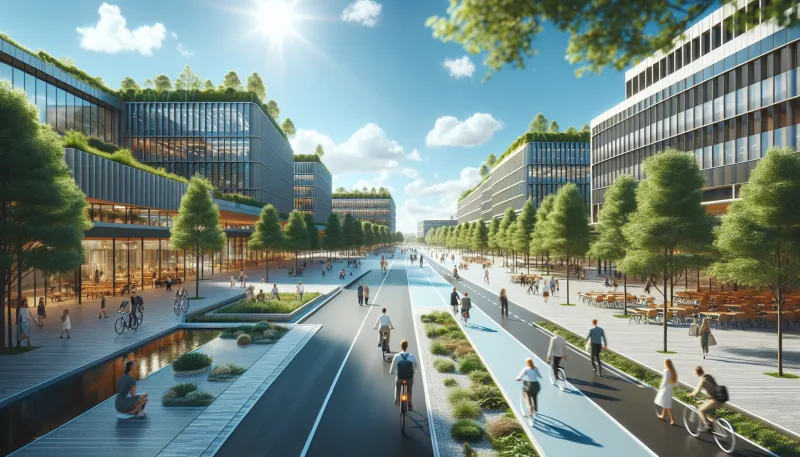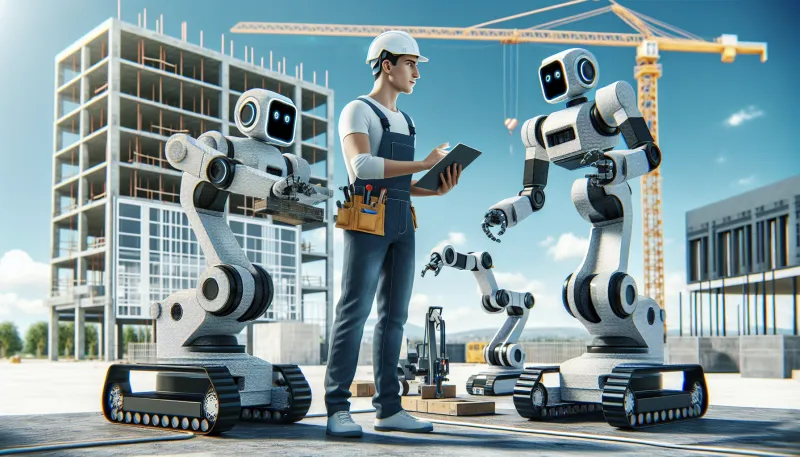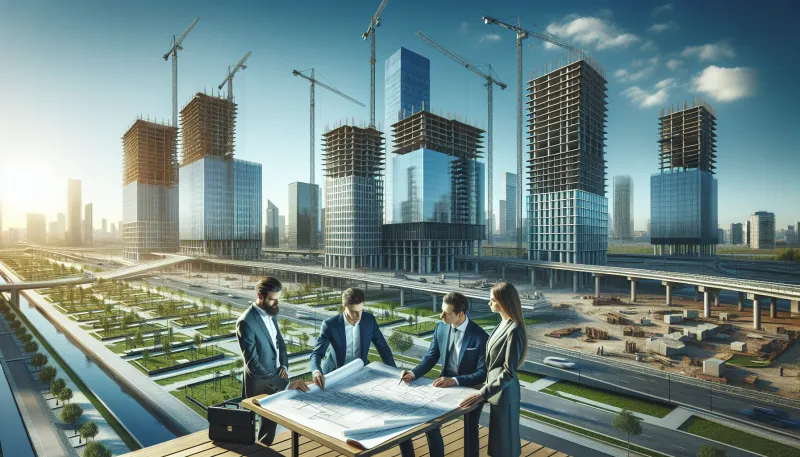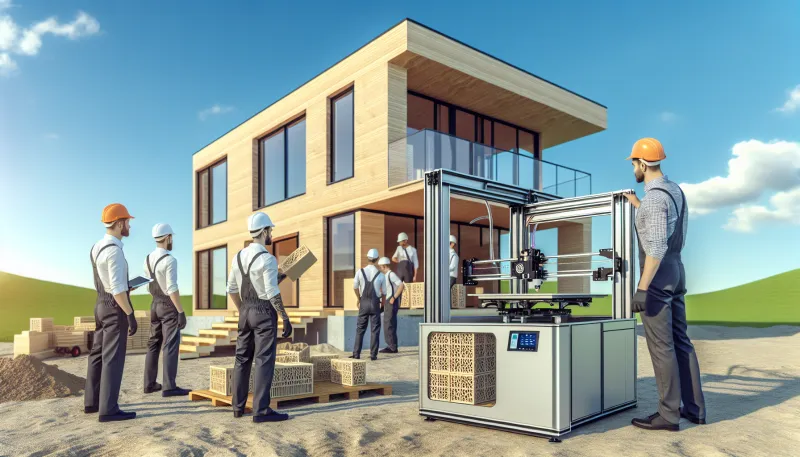
How 3D Printing Is Revolutionizing Housing Affordability
The rapid advancement of 3D printing technology is reshaping the construction industry, offering innovative solutions to the global housing affordability crisis. By dramatically reducing costs, construction time, and waste, 3D printed homes are becoming a promising alternative to traditional building methods. This article explores the multifaceted ways 3D printing is changing the housing landscape and making home ownership more accessible to millions.
- Reducing construction costs through automation
- Speeding up the home-building process
- Minimizing material waste with precision
- Increasing design flexibility for affordable customization
- Utilizing locally sourced and sustainable materials
- Addressing housing shortages in rapid urbanization zones
- Reducing environmental impact through sustainable construction
- Creating new economic opportunities in underserved communities
- Overcoming regulatory and acceptance challenges
Reducing construction costs through automation
One of the most significant contributions of 3D printing to affordable housing is its ability to drastically cut construction costs. Automated printers construct building components layer by layer, requiring fewer laborers and minimizing human error. This automation lowers expenses associated with manual labor and materials waste, making homes more affordable.
Speeding up the home-building process
Traditional construction timelines can stretch from months to years, adding to the overall cost of housing. 3D printing accelerates this process, with some printers capable of building an entire house in less than a week. The reduced build time helps to deliver affordable homes faster to markets in need.
Minimizing material waste with precision
3D printing uses exact amounts of material guided by digital models, significantly reducing waste compared to standard construction techniques. This precision not only conserves resources but also lowers expenses tied to excess materials, which contributes to making housing projects more economically viable.
Increasing design flexibility for affordable customization
Unlike traditional methods limited by molds and manual labor, 3D printing allows customized and complex designs without increasing cost or time. This flexibility lets developers tailor affordable housing to community needs and individual preferences, enhancing the value and satisfaction of these homes.
Utilizing locally sourced and sustainable materials
Many 3D printing projects incorporate sustainable, locally available materials such as recycled plastics, concrete mixtures, or even soil composites. Using local materials cuts transportation costs and environmental impact, further reducing the overall expense of affordable housing developments.
Addressing housing shortages in rapid urbanization zones
Rapid urban growth often outpaces the availability of affordable housing. 3D printing offers a scalable solution to meet this demand by quickly and cost-effectively building homes in expanding cities, helping to alleviate the pressure on housing markets and communities.
Reducing environmental impact through sustainable construction
3D printed homes produce fewer carbon emissions compared to conventional construction, thanks to minimized waste, less transportation, and energy-efficient building techniques. This sustainable approach aligns with global efforts to reduce the environmental footprint of housing development.
Creating new economic opportunities in underserved communities
The rise of 3D printed housing is opening doors for local entrepreneurs, technicians, and suppliers by creating new jobs and business opportunities. As the technology spreads, underserved areas can develop local economies centered around modern construction technologies, thus supporting broader economic growth.
Overcoming regulatory and acceptance challenges
Despite the clear benefits, 3D printed homes face hurdles such as building code adaptations and public buy-in. Policymakers and industry stakeholders are increasingly working together to update regulations and promote awareness, which is critical to the widespread adoption and success of affordable 3D printed housing.
Tommy is a property-passionate journalist who covers the forces shaping housing and the built environment. With a data-driven approach and a reporter’s curiosity, he writes on market cycles, urban development, PropTech, and policy—always connecting numbers to everyday lives. [Name]’s work blends clear analysis with on-the-ground reporting to help readers navigate trends, opportunities, and risks across residential and commercial real estate.





